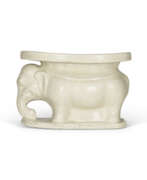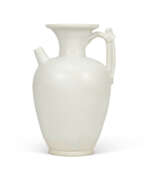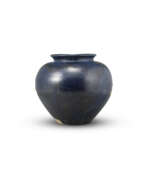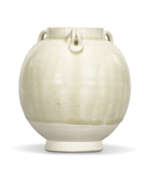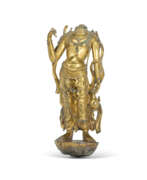Tang dynasty

Tang dynasty
The Tang Dynasty, China's historical era from 618 to 907, is celebrated as the pinnacle of Chinese civilization and the golden age of cosmopolitan culture. This period is marked by significant advances in art, technology and international trade, making it a notable focus for collectors and experts in art and antiques.
The arts flourished during the Tang Dynasty, with significant development in painting, sculpture and poetry. Famous poets such as Li Bai and Bai Juyi changed the literary landscape with their profound and accessible poems. In sculpture, the Tang period is known for its tomb figures, which include detailed depictions of musicians, dancers, and animals that reflect the diverse influences of the Silk Road.
The Tang dynasty's open approach to foreign cultures enriched its own, resulting in a dynamic, multicultural society. This is evident in the art of the era, which combines Chinese and foreign elements. The cosmopolitan nature of Tang art is illustrated by various museum collections, such as the Arthur M. Sackler Gallery and the Freer Art Gallery, which house important works from this era.
The Tang dynasty was also a time of remarkable technological and cultural achievements. The invention of engraving revolutionized the dissemination of knowledge, facilitating the dissemination of Buddhist texts and other works. The dynasty made advances in medicine, agriculture, and even created the world's first clock mechanism by engineer Yi Xing.
The Tang Dynasty's rich artistic heritage and technological innovations make it a fascinating subject for collectors and lovers of art and antiques. To stay up to date on new product sales and auction events related to the Tang Dynasty, subscribe for updates. This subscription offers a unique opportunity to gain a deeper understanding and appreciation of this remarkable historical era.
| Country: | Asia |
|---|---|
| Start of the period: | 618 |
| End of the period: | 907 |

